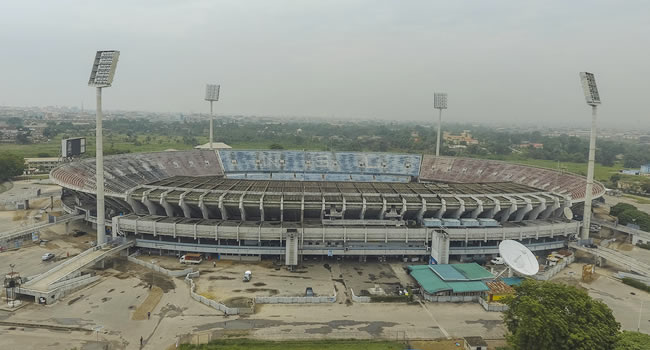I find it impossible to discuss the future of the National Stadium in Lagos without recalling my enduring personal connection to this historic landmark. In the mid-1960s, while residing on Razaq Balogun Street in Surulere, a narrow lane between the houses provided a direct route to Western Avenue and, ultimately, to the stadium itself. On many Saturdays, that path led us to an atmosphere of excitement and anticipation as we watched bicycle races unfold on the dirt tracks—sprints of 400m, 200m, 800m, and 100 yards. My favorite event, however, was the “slow race” over 100 yards—a remarkable test of skill and balance in which the last cyclist to cross the finish line emerged as the winner. It was always the concluding event of the day, leaving me and my brothers in awe.
The National Stadium assumed a new and majestic presence when it was rebuilt for the 1973 All-Africa Games. Its transformation into a comprehensive sports city offered facilities for nearly every discipline and positioned Lagos as a national hub for athletic excellence. Although I was then a student in Ibadan and could not witness the Games firsthand, I returned that August to attend the inaugural National Sports Festival. From the opening to the closing ceremonies, I watched with pride as classmates represented the Western State in the under-13 category—often walking from our home on Little Road, Yaba, to witness the spectacle.

In 1977, I finally had the privilege of participating at the stadium when my high school team won the national school sports basketball championship. Over the ensuing decade, the National Stadium became a second home to me; I played regularly on the basketball courts adjacent to the National Institute for Sports. My final vivid memories are tied to the early 1994s, when I joined thousands of Nigerians to watch the Super Eagles’ thrilling qualifying matches en route to the 1994 FIFA World Cup. Those moments encapsulated the pride, unity, and promise that the stadium has long symbolized.
Today, the National Stadium stands as a fading monument to Nigeria’s sporting glory. It need not remain so. I respectfully call upon President Bola Ahmed Tinubu—whose administration has already undertaken bold and transformative reforms, including the removal of fuel subsidies and the deregulation of the naira—to extend his visionary leadership to this national treasure. The same resolve applied to policy reform can restore the National Stadium as a vibrant center of sports, commerce, and culture.
A carefully planned revitalization—retaining the 35,000-seat football arena and expanding the indoor sports facilities while integrating a mid-range hotel, shopping mall, a couple cinema screens and commercial offices—could transform the complex into a sustainable enterprise. Such a redevelopment would generate employment, attract domestic and international visitors, and reinforce Lagos’ reputation as a thriving urban capital of West Africa. Most importantly, it would preserve a site that has shaped the memories and aspirations of countless Nigerians.
Reviving the National Stadium is not merely a matter of nostalgia; it is an investment in national identity and future potential. With decisive action and forward-looking leadership, this once-proud arena can once again become a symbol of Nigeria’s unity, achievement, and resilience.
Patrick Omo-Osagie.





